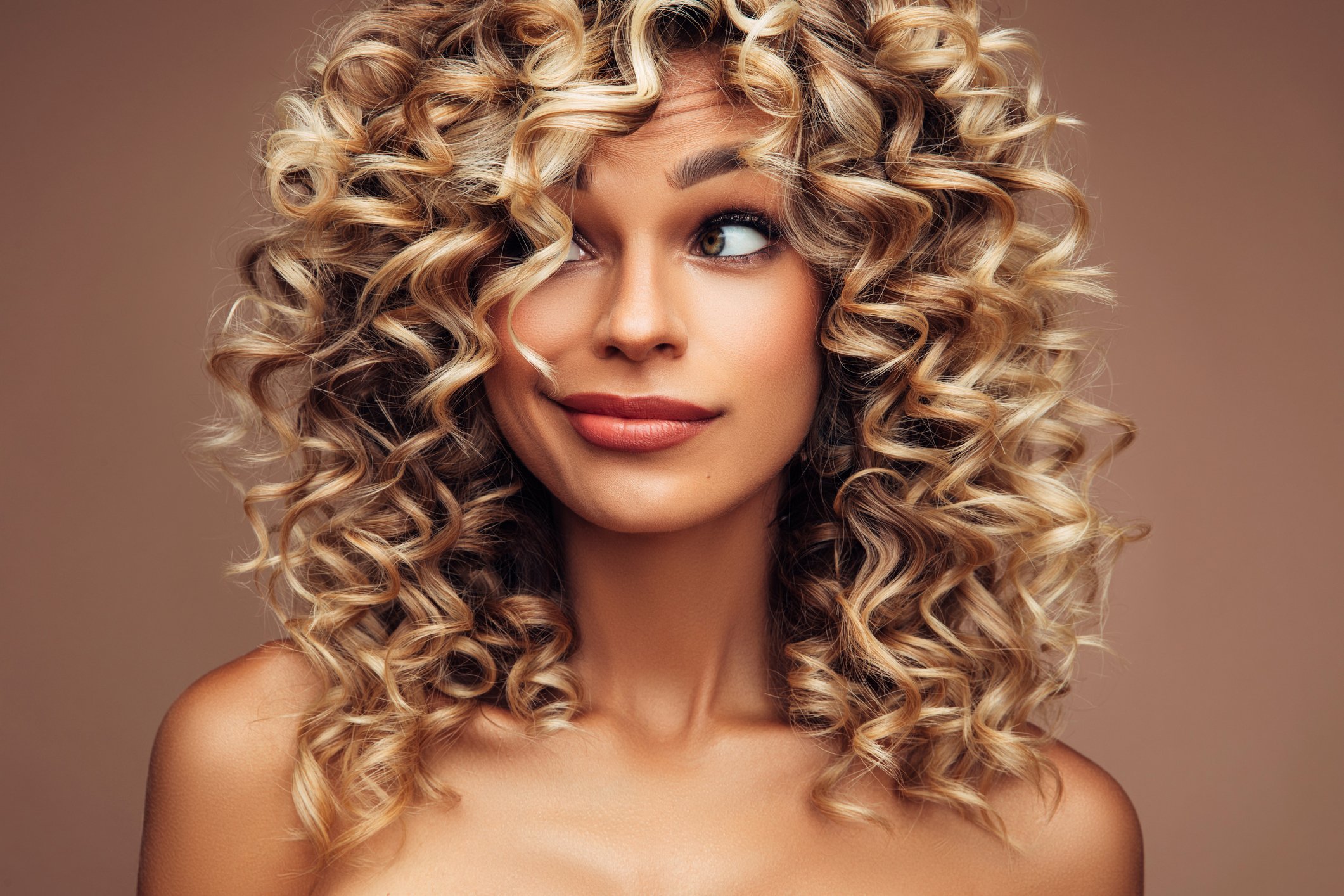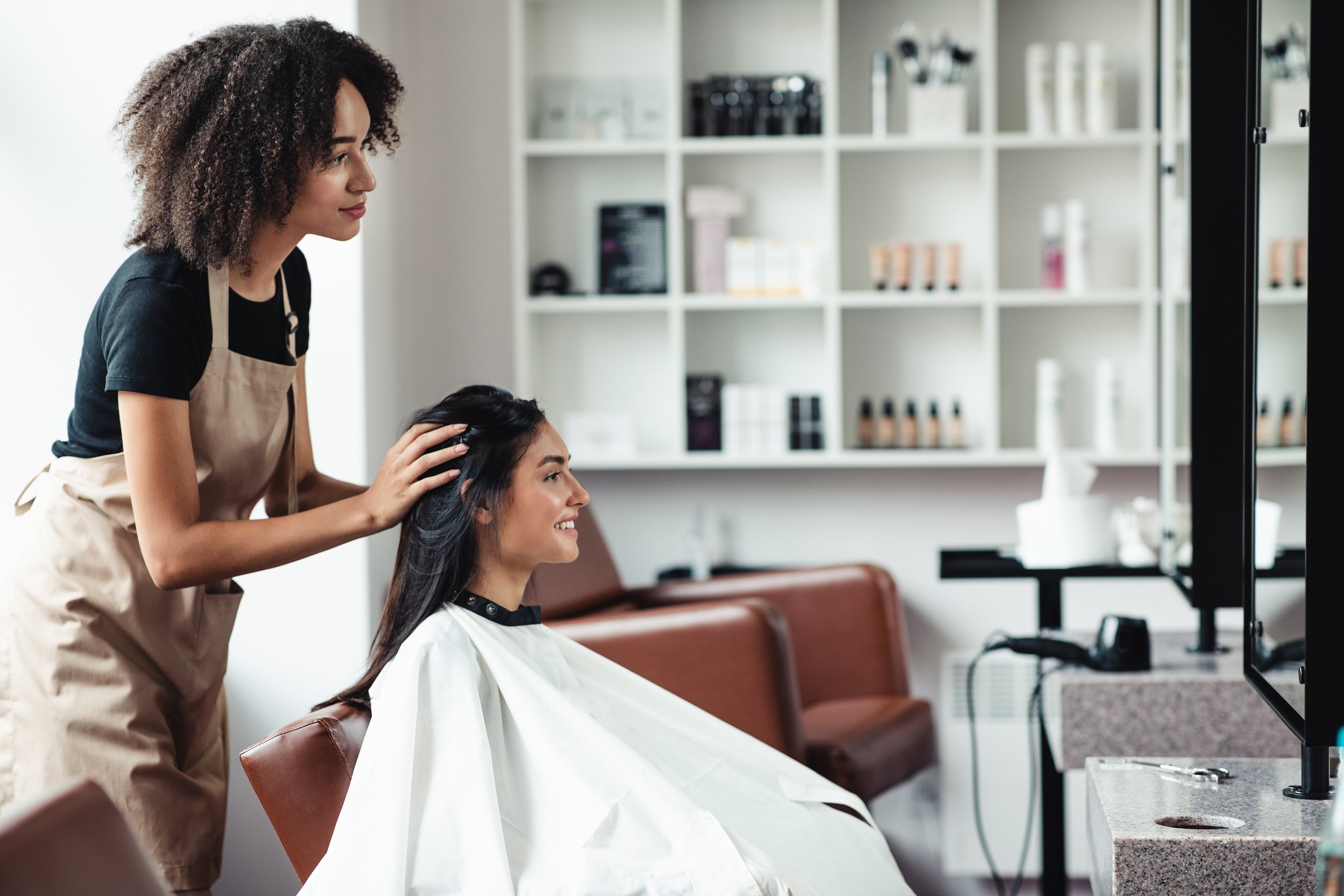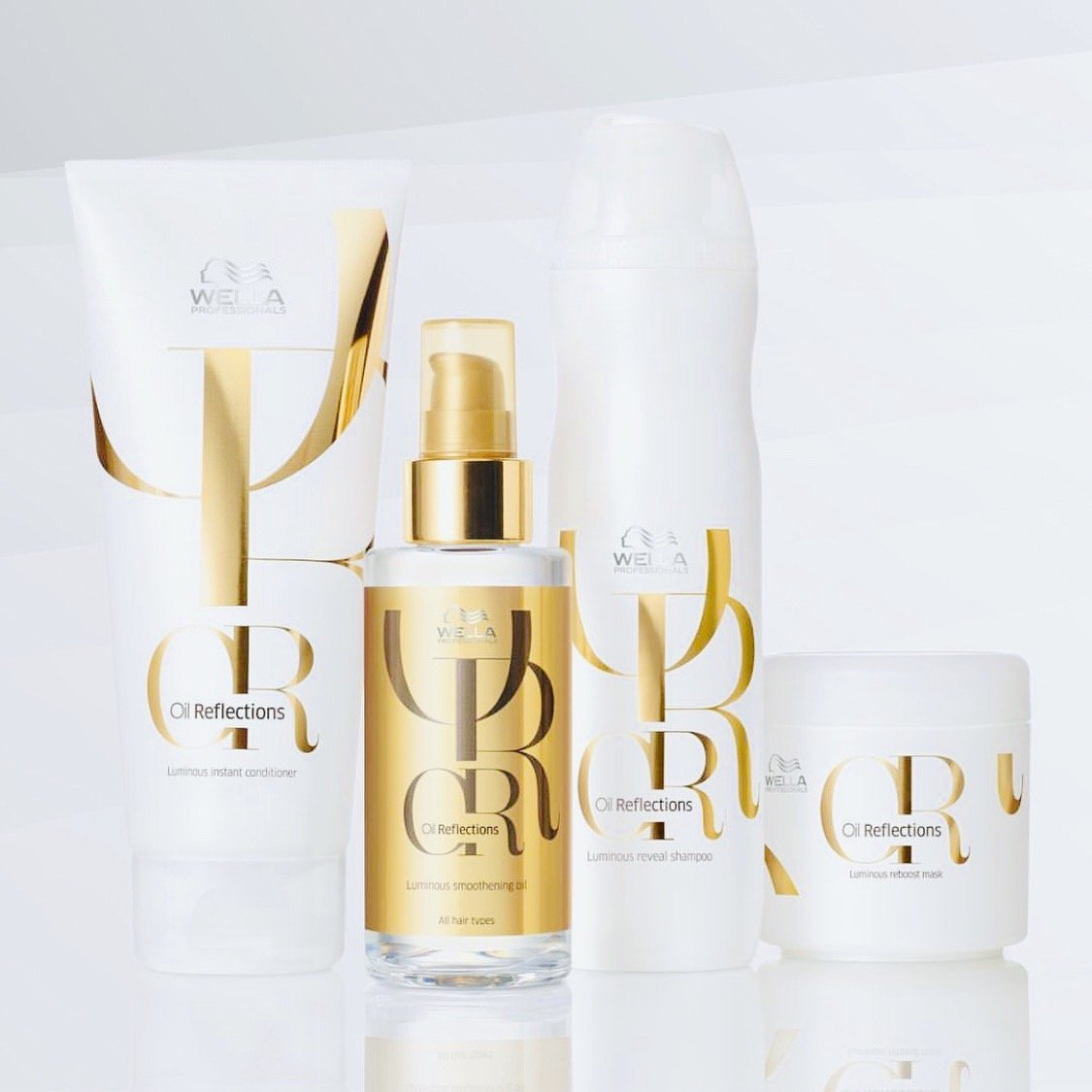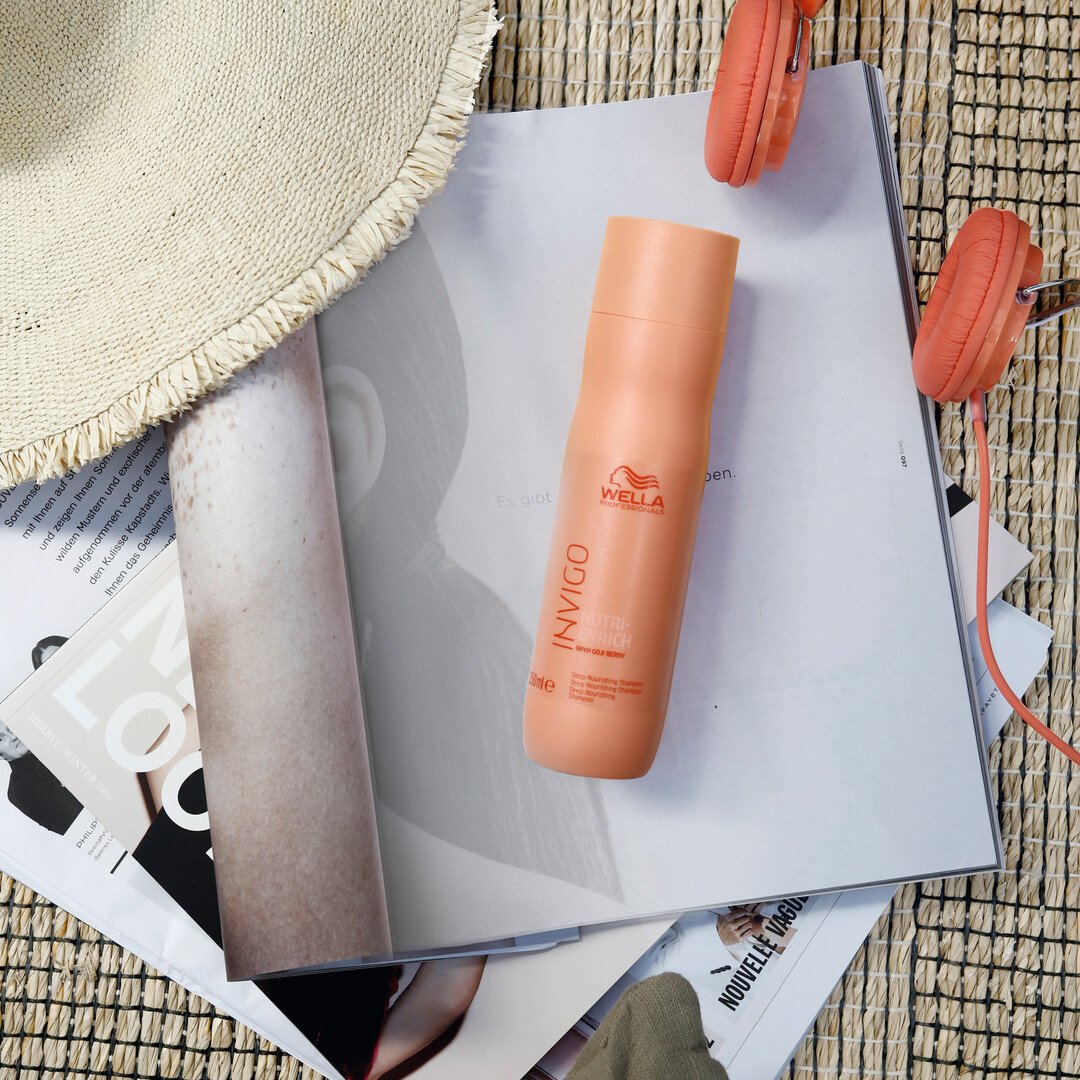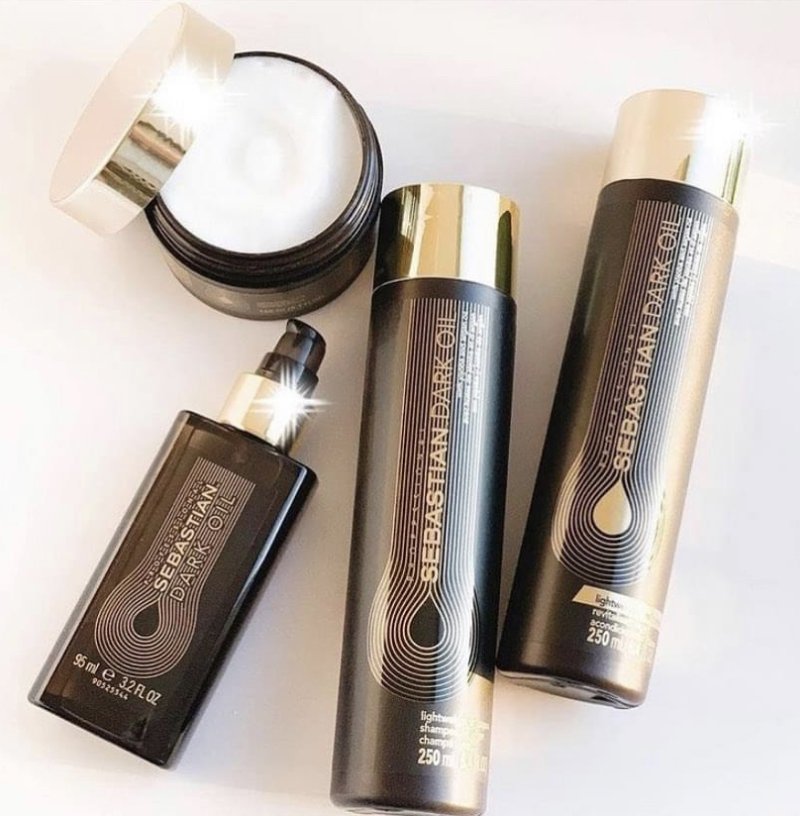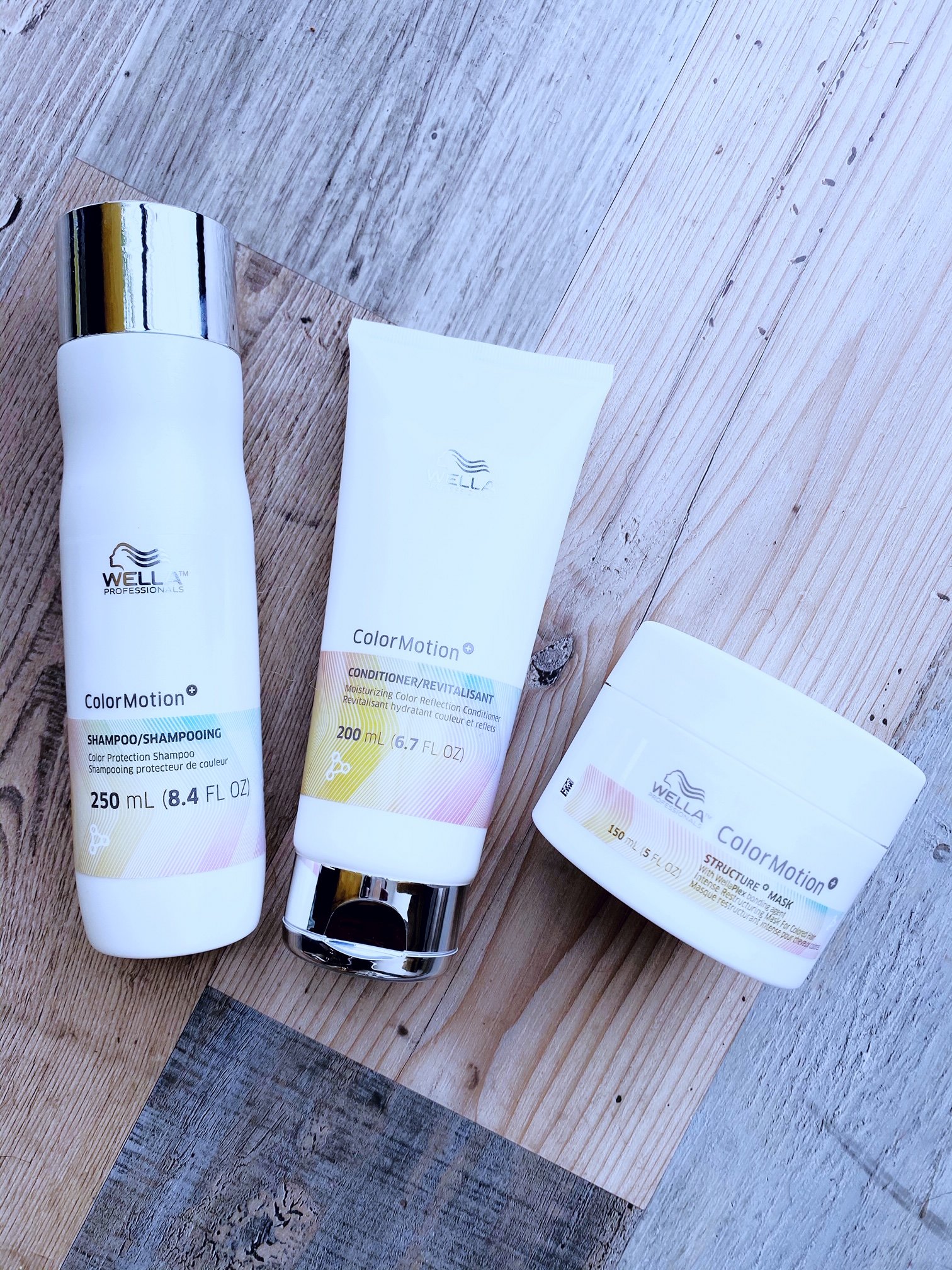How to Manage Split Ends For Good.
When’s the best time to focus on split ends?
Consistently.
And here’s how.
Hair Tipping.
What’s hair tipping?
A care routine that primarily focuses on the ends of the hair.
Heading into a new season means a change in wardrobe, so why not change our hair habits?
As temperatures fluctuate every few months, you might notice slight changes in the feel or appearance of your hair thanks to chillier temps, dry harsh air indoor and outdoor, or extreme hot temps and humid conditions.
Believe it or not, this affects the ends of our hair greatly.
Ever heard of hair dusting? Hair tipping is very similar.
Hair dusting has been around for decades and is a technique developed as a quick trim to keep hair healthy in-between salon sessions.
Like hair dusting, with hair tipping the goal is to maintain your hair health in between major haircuts, but goes a step further giving more value than just a simple trim.
The focus is primarily the ends of the hair but also a series of steps that benefit the overall health and wellness of your hair.
Back in the day.
Remember "frosted tips?"
In the 90s, “hair tipping” was a coloring technique which dipped just the tips of your hair in color to create a lightened effect placed solely at the bottom lengths of the hair.
Color Tipping has modernized over the years, giving a more polished look seen below.
Fast forward to now.
No matter the type, texture or length of hair - split ends attack and travel as far up the hair shaft as possible, eliminating length and long hair goals.
After trimming split ends, hair tipping uses intense hydration targeting problem areas of the hair to repair and conceal, consistently.
And it’s easy as 1,2,3.
The goal with hair tipping is to not just remove unwanted split ends but to keep new ones from forming. This is where the technique dives deeper.
Hair tipping regimens allow you to prolong the life of your hair and restore wellness in between salon visits.
Check out 3 tips to jumpstart a new routine and boost your hair!
Book a trim.
When was the last time you had your hair trimmed?
If you have to think about it, it’s been too long!
If you’re worried about length, ask for a hair dusting and a refresh to your layers for re-shaping.
By trimming often, the state of your hair will be greatly improved, as will the ability to style and retain length.
Fresh ends, free of splits and damage, have less of a tendency to break off and will feel softer whether air-drying or blow-dry styling.
Hydrate. Hydrate. Hydrate!
Your hair will love you for it.
Transitioning from summer to fall and winter can be tough on both your scalp and strands. With exposure to dryer climates, you may notice an itchy scalp or frizzy hair — this is caused by a loss of hydration.
To combat the effects before they begin, invest in a care system dedicated to improving the state of your scalp as well as deep treatments to protect your strands.
Hydration tip:
For extremely dehydrated or damaged hair, try extended hydration. Leave treatments on longer that the recommended time and instead of 5 minutes, go for 30 minutes, an hour or overnight for intense results and the best repair.
Toss old products.
Out with the old, in with the new!
Although spring is known for cleaning out your closet, any change in season is a great time to evaluate the products you have laying around.
If you have half-used products that have been laying around for a year or more, it's best to swap out products for newer versions. Over time the efficacy of products can deteriorate or harbor the growth of bacteria, so it's always best to play it safe.
Copyright © 2022 by Nicole Revish Inc.



